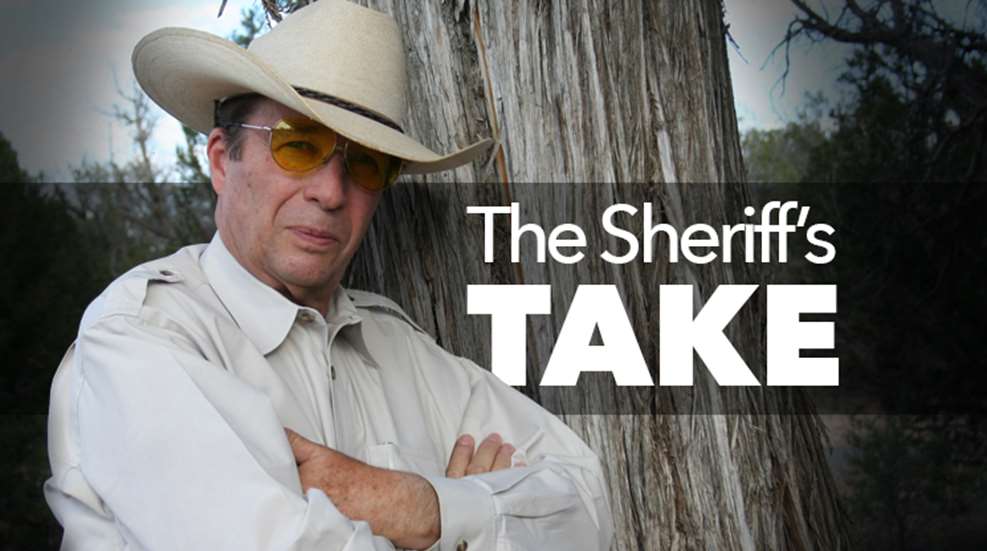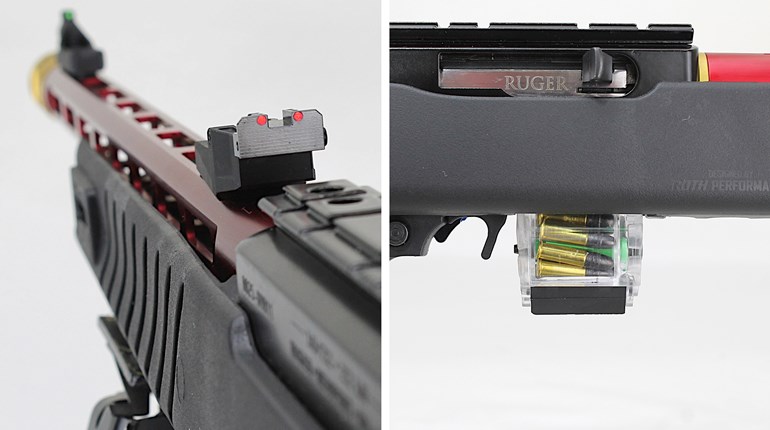
Quite often, folks hit upon the idea of entering the action-shooting sports to keep their skills honed. Unfortunately, this often leads to developing bad habits—habits bad enough to get them hurt in the real world.
Back in the late 1950s, law enforcement developed the Police Pistol Combat Course (PPC) in an effort to offer better tactical training than the old bullseye courses. PPC mandated firing the handgun double-action (the revolver was king back in those days). It put more restrictive time limits on strings of fire and required the shooter to fire from behind barricades to simulate use of cover.
Unfortunately, PPC competition also required the use of target-velocity ammunition, so shooters were unable to acclimate to the added recoil of their duty ammunition. In addition, PPC eventually allowed shooters to outfit their handguns with extremely heavy bull barrels, outlandish sights and impractical holsters—none of which would be of much use in actual gunfights.
By the 1970s, defensive shooters knew something better was needed. In 1976, the International Practical Shooting Confederation (IPSC) was founded with the purpose of using competition to test the guns, gear and ammo that could and would be used on the street. In addition, the courses simulated actual gunfights and encouraged real-world tactics.
Sadly, gamesmen soon took over IPSC, and pistols and gear that had no place on the street began to be seen on the line. Competitors began to reduce the power of their ammunition to get the lightest loads that still met match requirements. The use of good tactics went out the window—in 1981, Ross Seyfried was the last shooter to win the IPSC World Championship with anything resembling a practical handgun and holster.
In fairness, the International Defensive Pistol Association (IDPA) made every effort to stay practical and tactical with its competition. Founded in 1996, IDPA puts emphasis on using handguns, holsters and ammo desirable for street use against an actual criminal threat. Its courses of fire are designed to be as realistic as possible, and IDPA continues to resist pressure from those who would turn this defensive training aid into just another form of target shooting.
Now, all of this may sound like I am really down on action shooting, but that is simply not the case. The members of these associations make the rules. In a democratic society, that is the way it should be. Most of the guns, gear and drills, however, have little to do with actual gunfighting.
Competition is simply about competing. In such an environment, people will do whatever it takes to win. Some shooters say they enter matches with the intention of staying tactical, but being surrounded by people who are intent on winning is often too great a temptation. The defensive shooter can quickly get caught up in that same excitement and throw tactics out the window. Competition becomes the focus without realizing it, and the bad defensive habits develop.
For example, action shooting rarely reinforces the proper use of cover. In the real world, when one sees a gunfight is unavoidable, the most important thing to do is to get behind something that will stop bullets.
Then, once behind cover, the defensive shooter should only leave it when he is compelled to do so. The last thing you want to do is to be running from spot to spot, blazing away at bad guys like Rambo. Cover is your friend, and the smart defensive shooter will learn to use it.
Right in line with leaving perfectly good cover is this business of loading on the run. If you really have a death wish, try jumping out where the bad guys can get you in their sights and executing a spiffy speed reload while you sprint to a new location. Upon being compelled to move to new cover, the smart thing to do is to top off your gun while still protected by something capable of stopping bullets.
Another dangerous habit often instilled by competitive shooting is advancing on multiple targets. In the real world, that is almost a certain guarantee you will be shot. Distance is your friend. Multiple targets, assuming you can't get away from them, should be engaged from good cover at the greatest distance possible.
For the defensive shooter, competition can still provide a benefit if he strives, at all times, to remain tactical. That means using the same gun, ammo and gear used for concealed carry. It means not completing the course in the fastest time, but in the most tactical manner, engaging targets from good cover whenever possible.
Gunsite instructor Il Ling New recommends attending matches with a partner who is also focused on the use of defensive tactics. When one succumbs to the temptation to get competitive instead of tactical, his partner can call him on it. In this manner, a match can be fun and tactical at the same time.
You may hear competitors say, "I will do 'this' in competition, and 'that' in a gunfight." What they are really telling you is they have never been in a gunfight. Good or bad, a person is going to do what he practices. Fast times and impressive athletics don't win gunfights. The use of cover and center hits, however, will do it nearly every time. Such things are worth keeping mind when attending an action-shooting event.
Note: Several veteran law enforcement officers and Police Pistol Combat (PPC) shooters have pointed out Sheriff Jim Wilson's criticism of PPC competition was unfair. While Wilson raises a valid concern about PPC Open Class competition being somewhat removed from the gear and situations officers typically use and encounter on the street, it is but one area of the discipline. Rules governing Stock Revolver and Stock Semi-Automatic—the latter being the most popular class at the National Police Shooting Championships—emphasize that officers compete with duty guns and gear, and prohibit the use of target ammunition.
In addition, the NRA Law Enforcement Division's Tactical Police Competition (TPC), a nationwide series of LE and military-only multi-gun matches now in its fourth year, mandates firearms, holsters and other equipment be patrol duty gear. TPC matches consist of skill-based and scenario-based courses of fire. Skill-based courses challenge officers' skills and abilities in handling, accuracy and overall proficiency with a given firearm system under set conditions, while scenario-based courses place officers in hypothetical law enforcement encounters and encourage them to solve the challenges presented according to their own tactics and skills.
Many aspects of firearm training are reinforced in PPC and TPC competition, such as use of cover when available, rapid reloads and proper and safe gun handling. For more information on PPC and TPC, visit www.nrahq.org/law.



































